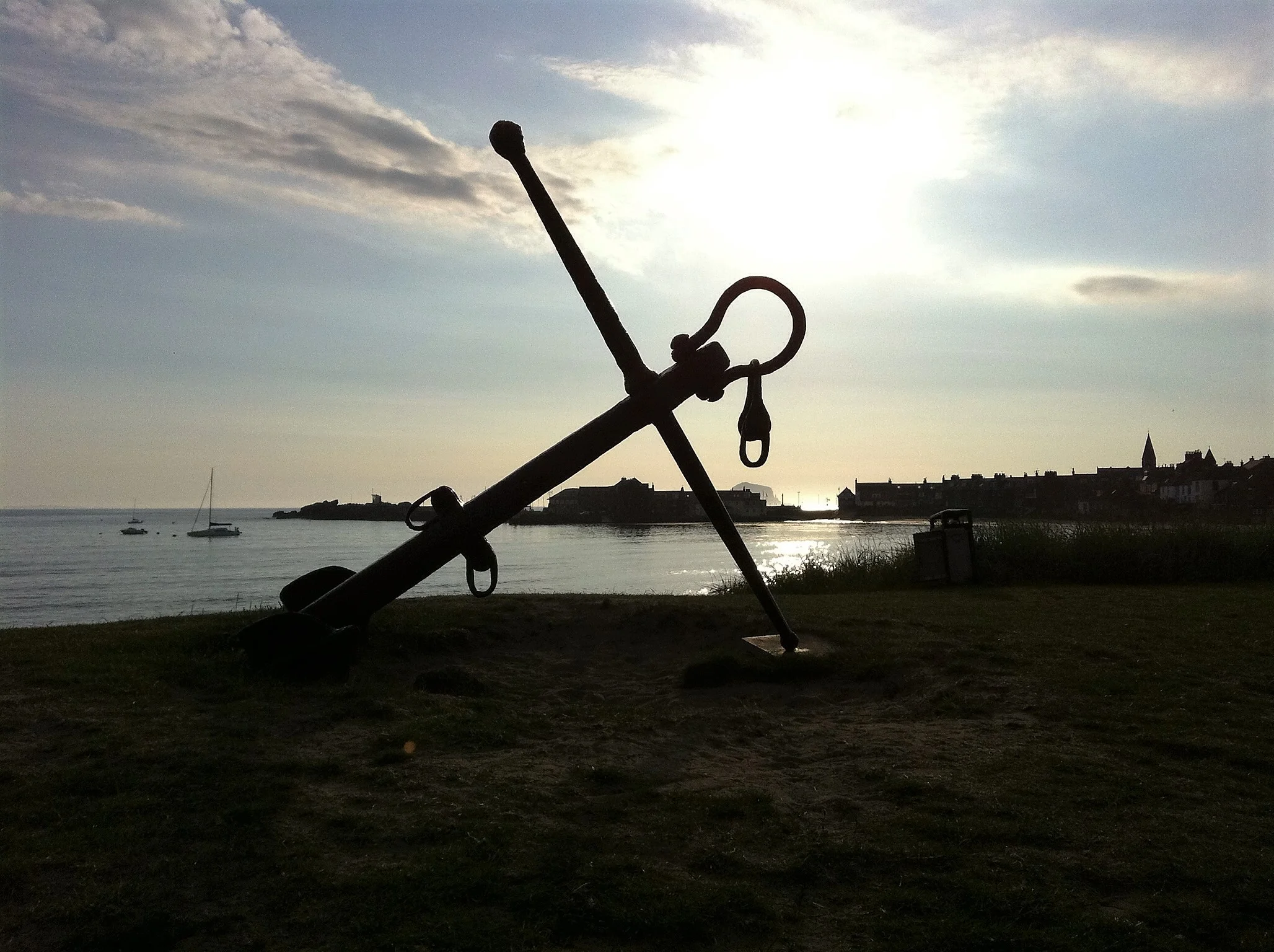Springs
The best and simplest spring is a length of nylon warp, roughly the LOA (maximum length) of the yacht. This is readily incorporated as part of the anchor cable. It will eliminate snatching and greatly reduce peak anchoring forces. Nylon rope is strong but elastic. It can stretch by 30% without damage and 50% before it breaks. It can absorb a huge amount of energy. Polyester rope by contrast has little elasticity so fails to provide the spring you're seeking.
The most satisfactory way of deploying a nylon spring is to secure the inward end to a strong point aft on the boat, and lead the forward end over the bow roller where it can be readily attached to the chain by means of a chain hook or similar device.
To allow for stretching of the spring, about 2 metres of loose chain should be left hanging over the bow so that when the spring stretches, it continues to take the full load on the anchor. As the ultimate security, it is important to secure the on-board loose end of the chain firmly to the normal windlass or cleat at the bow.
A rule of thumb for choosing a suitable spring is to use a rope whose diameter measured in mm is about 1-1.5 times the boat length in metres. 10mm nylon has a breaking strain of about 2000kg, far beyond the force likely in normal conditions.
However you deploy the spring, there is always the danger of chafing. It is important to fit a chafe-protection sleeve. Your nylon spring should be regularly inspected for any signs of damage and replaced as necessary. Nylon can degrade in ultra violet light (sunlight) so a nylon spring should be stored out of the sun, and replaced every year or two. The life expectancy is related to your sunlight exposure and amount of use.
Knox supply ready made nylon springs, complete with a chain hook for 8mm or 10mm chain spliced on one end. Chain hooks available in carbon steel or marine grade 316 stainless steel. These springs are ready to use and available from our accessories page.




